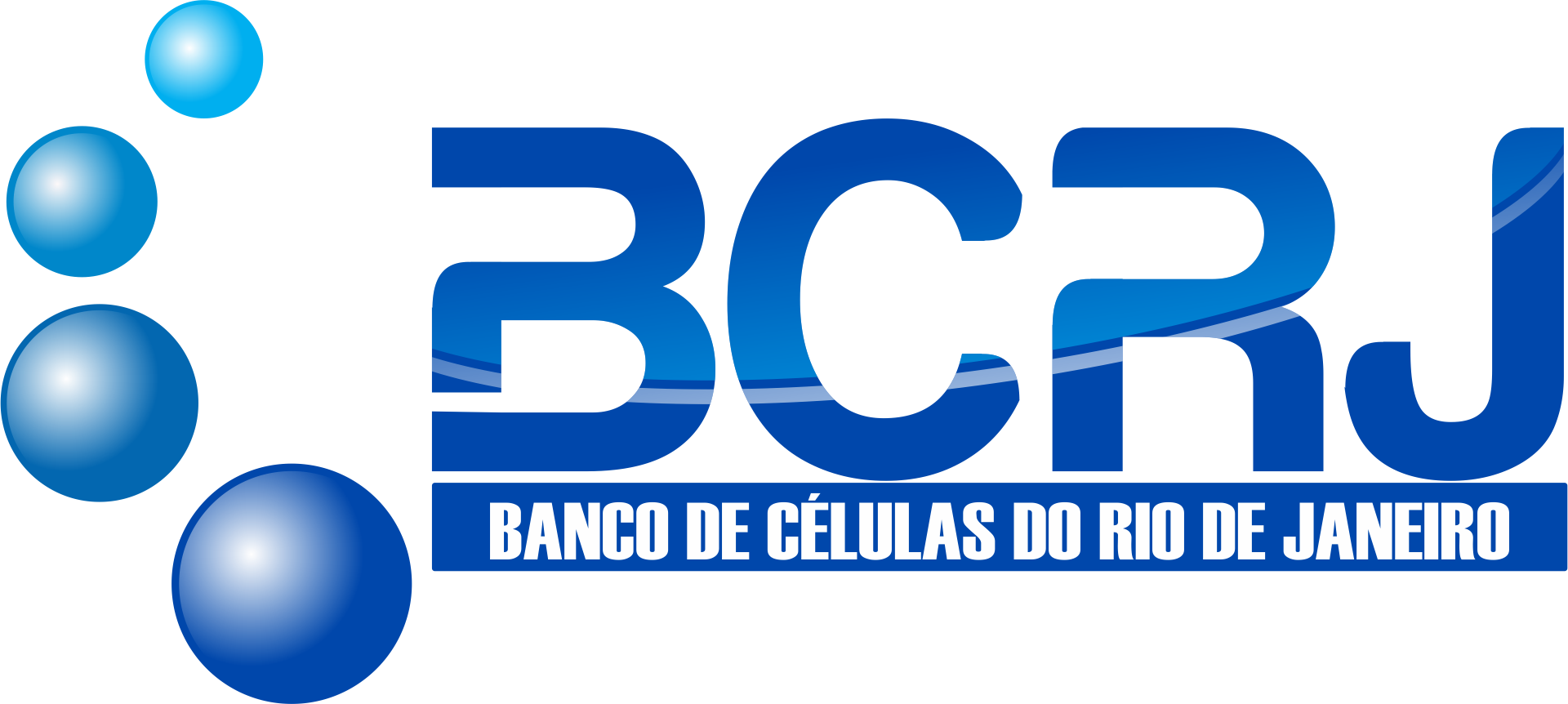| BCRJ Code | 0159 |
| Cell Line | McA-RH7777 |
| Species | Rattus norvegicus |
| Vulgar Name | Rat |
| Tissue | Liver |
| Morphology | Epithelial |
| Disease | Hepatoma; Morris Hepatoma 7777 |
| Growth Properties | Loosely Adherent |
| Sex | Female |
| Applications | This line is suitable as a transfection host. |
| Tumor Formation: | HEPATOMA, MORRIS HEPATOMA |
| Products | alpha-fetoprotein (AFP, alpha fetoprotein) |
| Biosafety | 1 |
| Addtional Info | Addition of glucocorticoids (dexamethasone) to the medium accelerates cell proliferation and reduces alpha fetoprotein production. The cells tend to shed from the growth surface before becoming confluent. |
| Culture Medium | Dulbecco's Modified Eagle's Medium (DMEM) modified to contain 4 mM L-glutamine, 4500 mg/L glucose and fetal bovine serum to a final concentration of 10%. |
| Subculturing | Heavy monolayer sloughs off; subculture before 70% confluency. Volumes used in this protocol are for 75 cm2 flask; proportionally reduce or increase amount of dissociation medium for culture vessels of other sizes. Remove culture medium with floating cells to a centrifuge tube. If any cells are attached, tap flask gently or if necessary add 2.0 to 3.0 mL of 0.25% Trypsin-0.53 mM EDTA solution to flask and observe cells under an inverted microscope until cell layer is dispersed. Add 2.0 to 3.0 mL of complete growth medium and aspirate cells by gently pipetting. To remove trypsin-EDTA solution, transfer cell suspension to the centrifuge tube with the medium and cells from step #1 and spin at approximately 125 x g for 5 to 10 minutes. Discard supernatant and resuspend cells in fresh growth medium. Add appropriate aliquots of cell suspension to new culture vessels. Place culture vessels in incubators at 37°C. NOTE: For more information on enzymatic dissociation and subculturing of cell lines consult Chapter 12 in Culture of Animal Cells, a manual of Basic Technique by R. Ian Freshney, 6th edition, published by Alan R. Liss, N.Y., 2010. |
| Subculturing Medium Renewal | Every 2 to 3 days |
| Subculturing Subcultivation Ratio | 1:4 to 1:6 weekly is recommended |
| Culture Conditions | Atmosphere: air, 95%; carbon dioxide (CO2), 5% Temperature: 37°C |
| Cryopreservation | 95% FBS + 5% DMSO (Dimethyl sulfoxide) |
| Thawing Frozen Cells | SAFETY PRECAUTION:
It is strongly recommended to always wear protective gloves, clothing, and a full-face mask when handling frozen vials. Some vials may leak when submerged in liquid nitrogen, allowing nitrogen to slowly enter the vial. Upon thawing, the conversion of liquid nitrogen back to its gas phase may cause the vial to explode or eject its cap with significant force, creating flying debris.
NOTE: It is important to avoid excessive alkalinity of the medium during cell recovery. To minimize this risk, it is recommended to place the culture vessel containing the growth medium in the incubator for at least 15 minutes before adding the vial contents. This allows the medium to stabilize at its normal pH (7.0 to 7.6). |
| References | Recent Results Cancer Res. 44: 103-114, 1974. Kulas DT , et al. The transmembrane protein-tyrosine phosphatase LAR modulates signaling by multiple receptor tyrosine kinases. J. Biol. Chem. 271: 748-754, 1996. Schock D , et al. An auxiliary factor containi |
| Depositors | Michele Mamprim Grippa - Pontifica Universidade Católica do Paraná. |
| Cellosaurus | CVCL_0444 |



